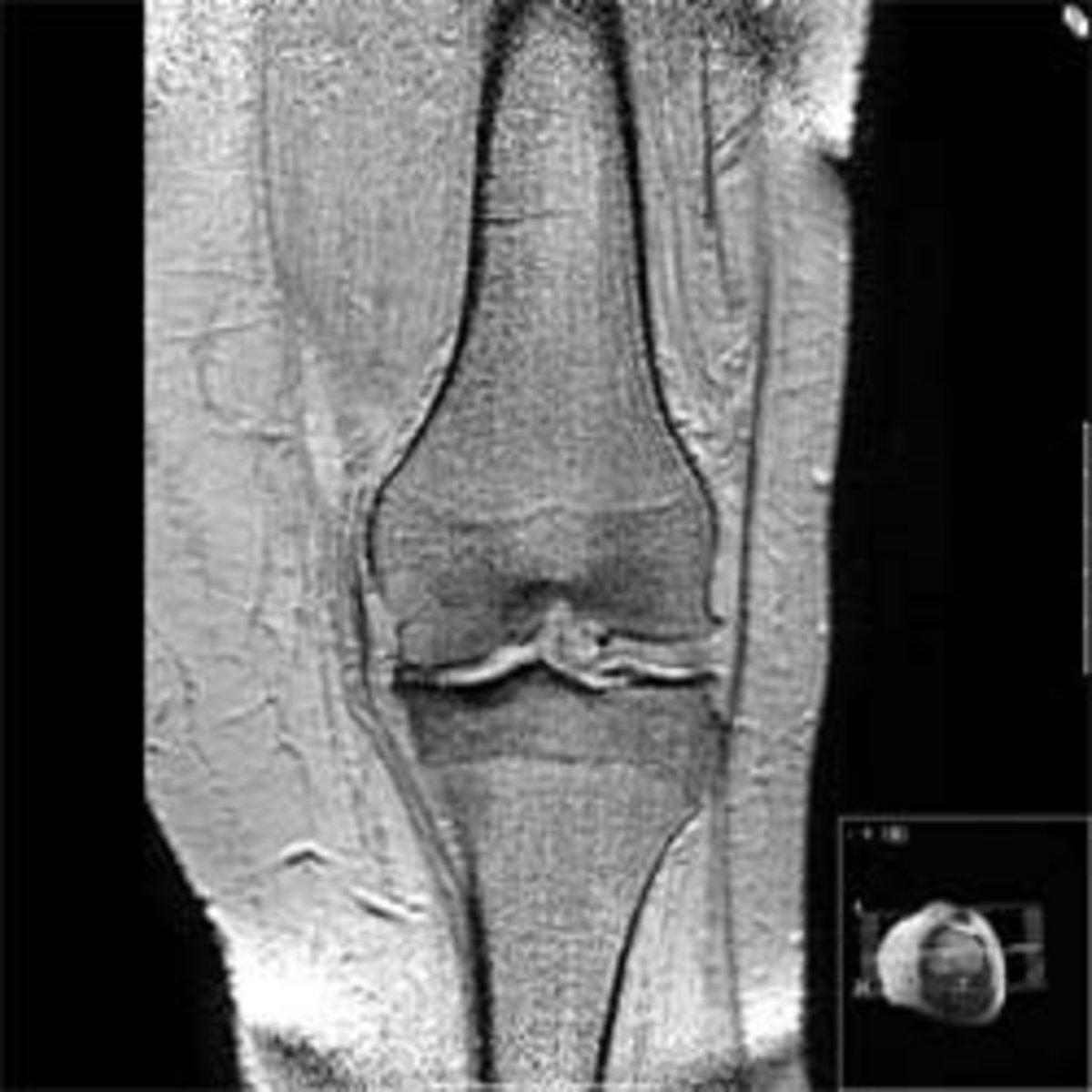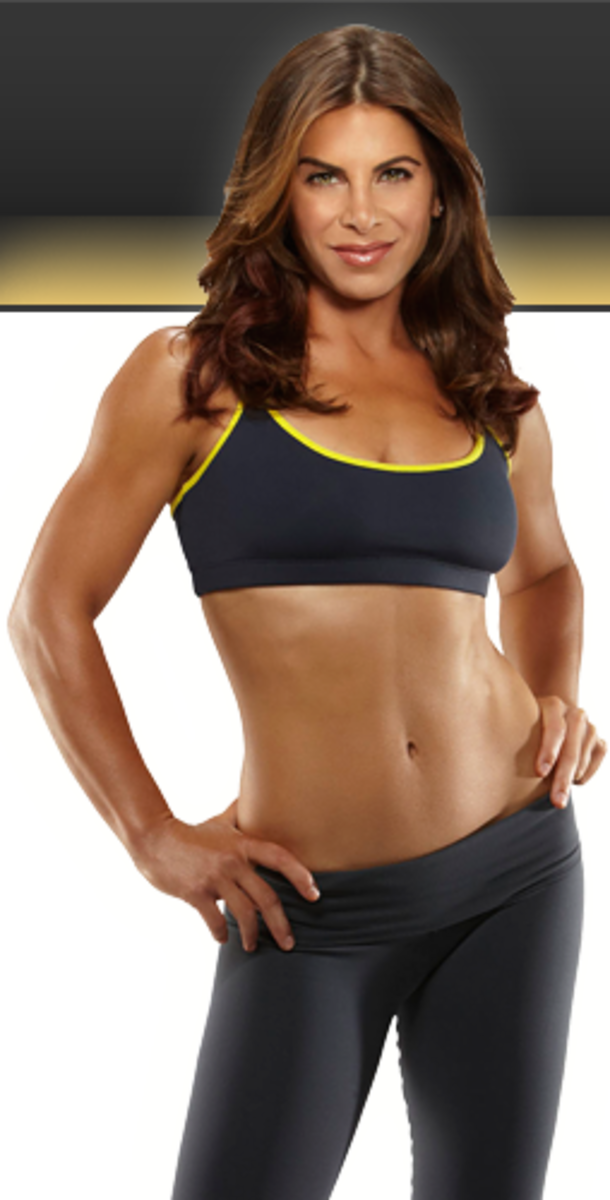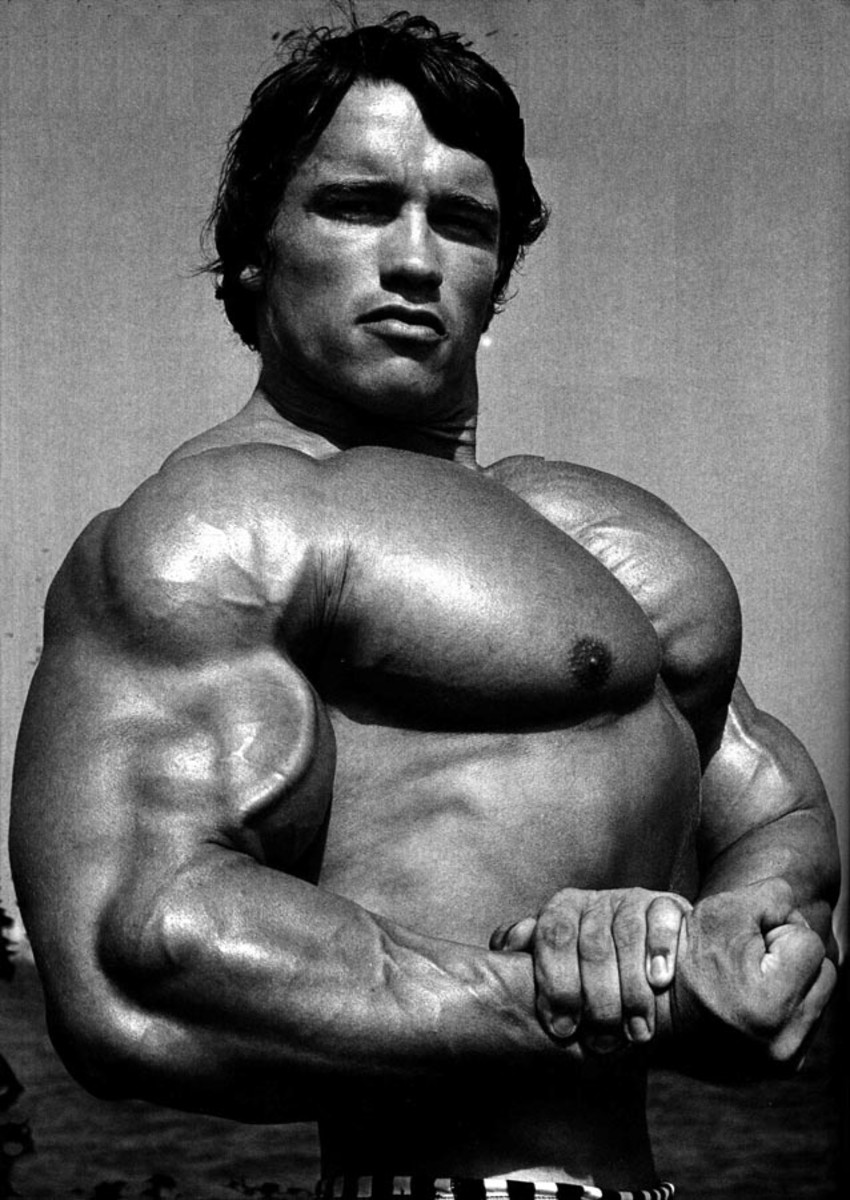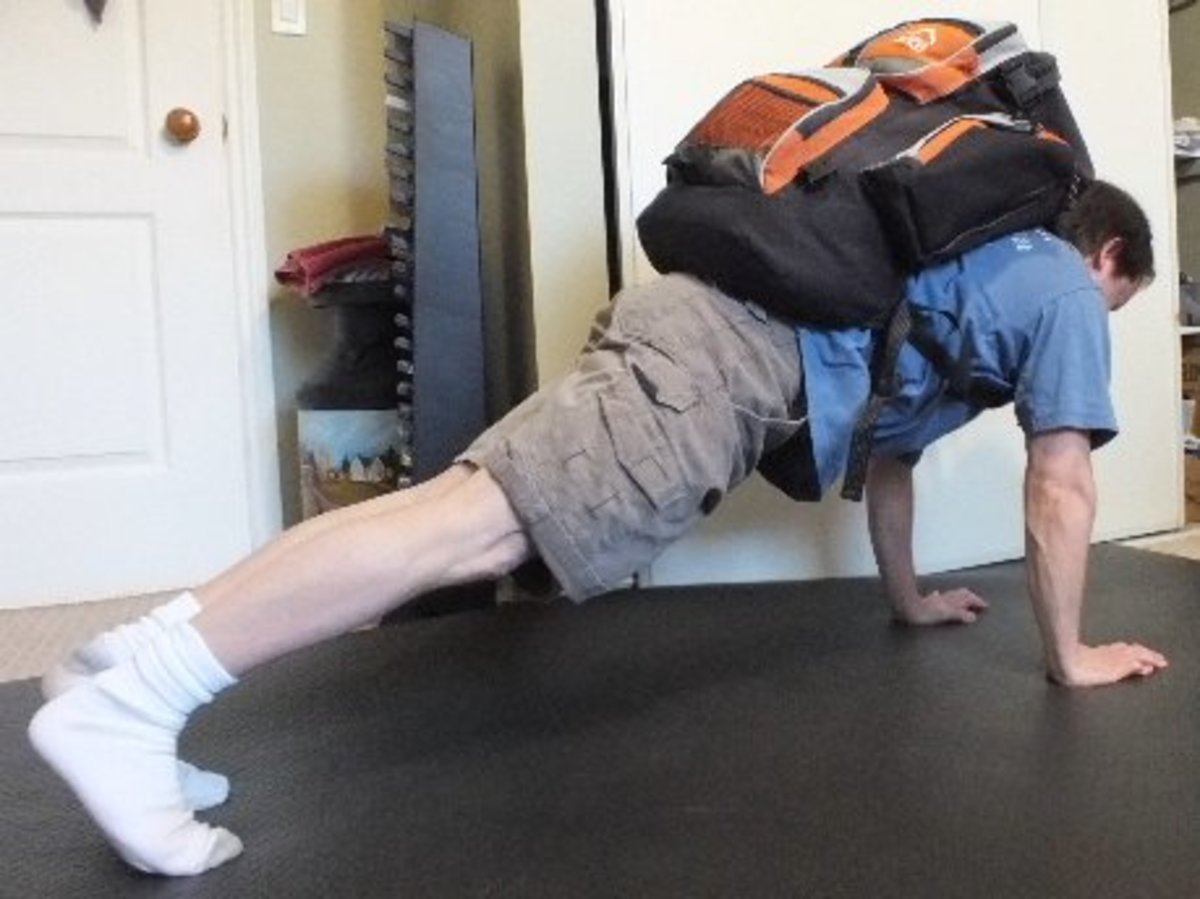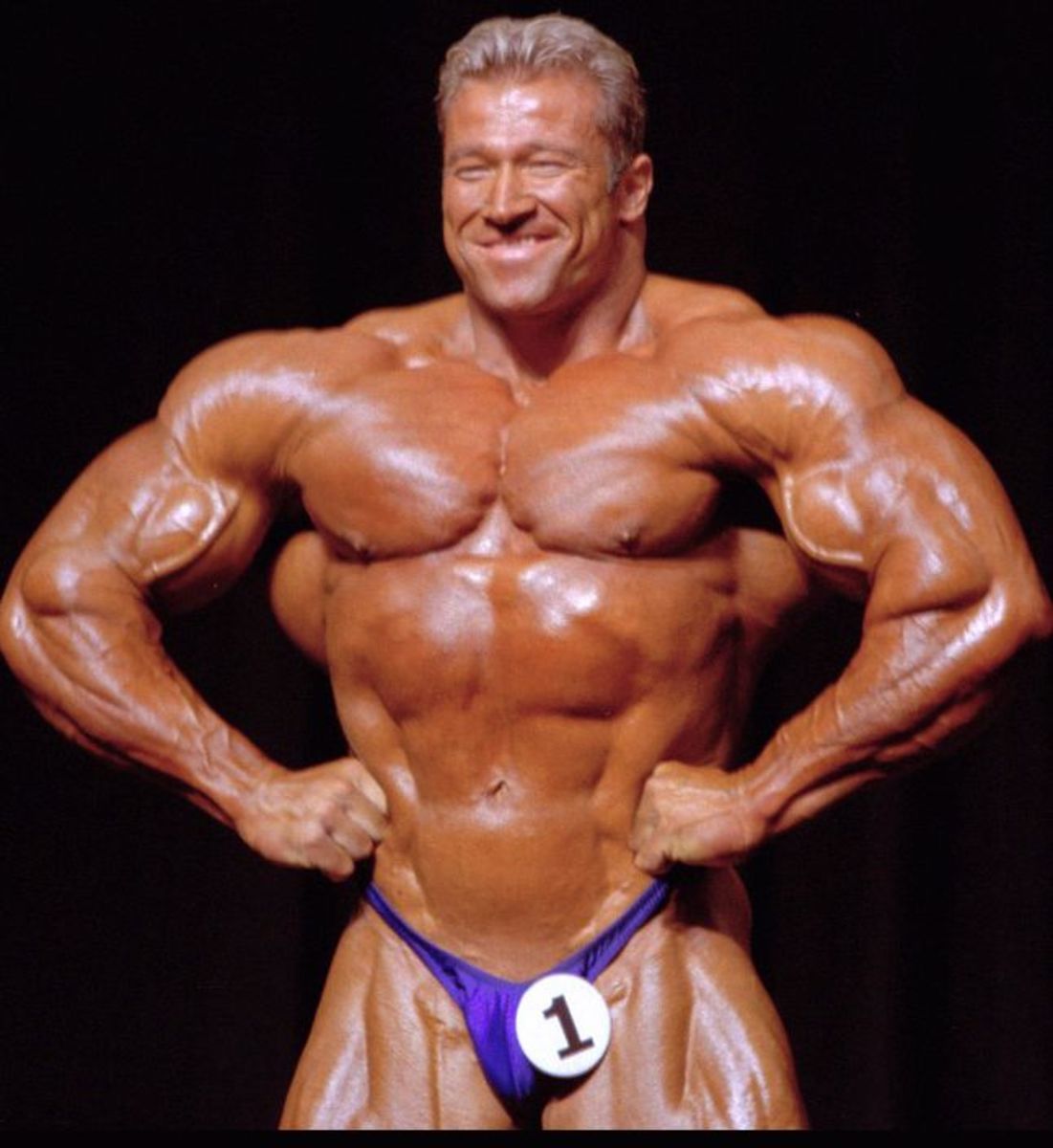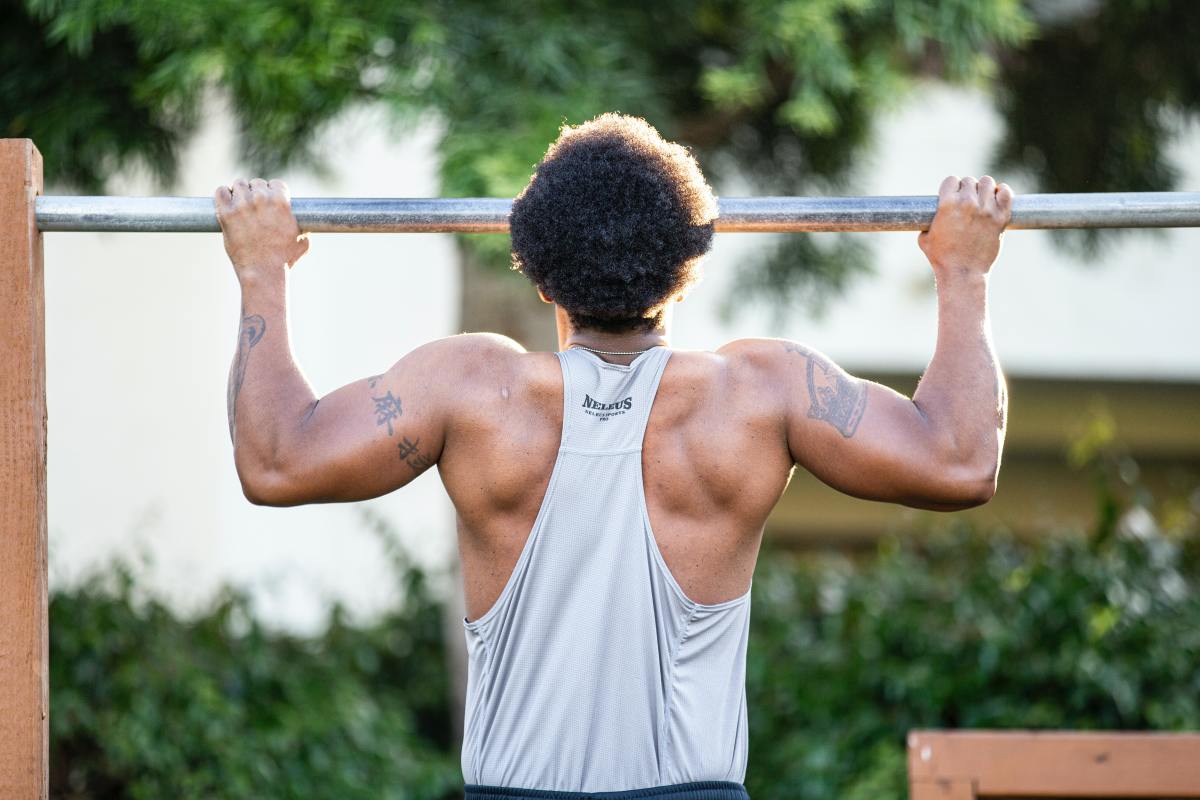Exercising to Build Muscle Mass and Lose Weight
This hub will provide some basic information on building muscle and tips on how to lose weight through exercising. If you are starting an exercise program for the first time, make sure to consult your doctor or physician and always start with easy and light workouts before diving into an intense workout routine.
Building Muscle
If you want to build muscle mass which will lead to increase in strength and overall athleticism, weight training (resistance training) is the way to go. There are many different exercises that target specific muscles in the body. To avoid the use of scientific terms and names, usually they can be categorized in general as: shoulders, chest, arms, back, abdomen, legs and the butt. Since there are way too many different exercises for all the individual muscles in your body, I will not discuss each of them specifically here. However, these are the basic guidelines to follow for you to start building a workout routine that fits you.
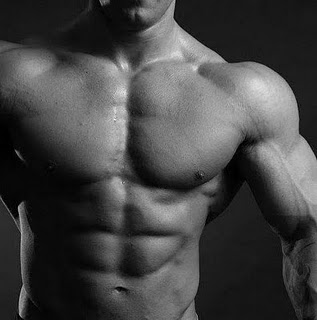
- Again, always consult a trained physician to make sure you are healthy enough to begin a weight training routine.
- Plan out a workout schedule as to which muscle to focus on for each workout day of the week. Only focus on one or two muscle groups per day. For example, you might work on your chest on Monday, arms on Tuesday, shoulders on Wednesday, back on Thursday, legs on Friday, and abs on Saturday or Sunday. If you feel like weight training for 6 times a week is too much, you can combine muscle groups and focus on two muscles per workout day and this will essentially cut down your workout week to 3-4 days per week.
- Another
way to organize your workout plan is to have a workout cycle that you
follow. For example, I might organize my plan as follows: chest and
triceps exercises for day 1, back and biceps for day 2, shoulders and
abs for day 3, legs for day 4, and then rest for 2 days before
restarting this cycle. Usually it is ok if you cannot workout for a day
and miss a day in your cycle. Just pick up where you left off and
continue from there. It is ultimately up to you personally to decide
how you want to schedule your workouts and test out different things to
see what fits you the best.
- Some exercises focus on one main muscle but also work on a secondary muscle with less intensity. For example, for most chest exercises, you are also doing work with your triceps although they are not the main focus of the exercise and is not doing the majority of the work. However, it is usually a good idea to train both of these muscles on the same day. Another good example would be to train the upper back and biceps on the same day.
- Never work on the same muscle two days in a row. In fact, you should rest at least 5-6 days between two workouts for the the same muscle. The reason is simple. Your muscle needs time to recover and rebuild and this could take several days if you had a high intensity workout. Over training is never a good thing and will be counter productive to your desired results. It will not make your muscles grow faster! This is partially why sometimes it's a good idea to group two muscles together. You do not want to workout your chest on Monday and find out your triceps are still sore when you want to workout your arms on Tuesday.
- When first starting out a weekly workout plan always use light weights and it is usually a good idea to only do one or two exercises for each muscle. Perform 3 to 4 sets of 10-15 repetitions for each exercise using a weight you are comfortable with. As you begin to get your workout plan in motion you can slowly increase the number of exercises over the next few weeks.
- You will be very sore if it is your first time weight training or if you have taken an extended period of time off from weight training. Do not let this discourage you because it is a good thing. It means that you had an intense and effective workout and your muscle is recovering and repairing itself. This soreness may last 1 or 2 days and up to a week. Do not work on the same muscle until the soreness is nearly gone. This is also a good measure of how long you should rest before training that muscle again.

Exercise for Losing Weight
Cardio! Cardio! Cardio! But
what is cardio? Cardio is short for cardiovascular exercise or aerobic
exercise which is any type of exercise that increases your heart rate
to a target training zone for an extended period of time. If possible you should try to do cardio exercises everyday and it will actually make you healthier than if you are only lifting heavy weights. The one of the most basic tips on how to lose weight that you should follow.
This target training zone you want your heart rate to be at is usually around 75-85% of your maximum heart rate depending on your age. When first beginning cardio exercises however, always start at 50% of your maximum heart rate and gradually build up to 75-85% over a few weeks. The ideal cardio exercise will be one that increases your heart rate to this target zone and maintain it within this zone for an extended period of time, usually around 30-60 minutes.
The most basic cardio exercise is running/jogging which everyone knows how to do. Other exercises include swimming, rowing, and cycling. If you find running on a treadmill or riding on a stationary bike very dull and boring, then try running or biking on the streets. Even then, some may feel 30-60 minutes is a very long time and it is still difficult to escape boredom and complete a workout. Here is a solution: find a sport that you enjoy (may it be basketball, soccer, racket ball, or tennis) and play it with a friend or family member. You could even play with complete strangers you meet on the court or the field. Believe me, time will seem to fly right by when you are fully engaged in a competitive match. I sometimes find myself playing basketball for over two hours without realizing it until my legs finally gave out.
In the end, if you can find anything that interests you and can get you to be active for an extended period of time can be counted as cardio and it will definitely be better than doing absolutely nothing.
Age
| Target HR Zone 50-85%
| Average Maximum Heart Rate 100%
|
|---|---|---|
20
| 100-170 beats per minute
| 200 beats per minute
|
25
| 98-166 beats per minute
| 195 beats per minute
|
30
| 95-162 beats per minute
| 190 beats per minute
|
35
| 93-157 beats per minute
| 185 beats per minute
|
40
| 90-153 beats per minute
| 180 beats per minute
|
45
| 88-149 beats per minute
| 175 beats per minute
|
50
| 85-145 beats per minute
| 170 beats per minute
|
55
| 83-140 beats per minute
| 165 beats per minute
|
60
| 80-136 beats per minute
| 160 beats per minute
|
65
| 78-132 beats per minute
| 155 beats per minute
|
70
| 75-128 beats per minute
| 150 beats per minute
|
(Source: American Heart Association "http://www.americanheart.org/presenter.jhtml?ident..." )
Additional Information
- Eating The Right Foods for Fat Loss
Fat loss is an issue for many people. Many people struggle each year to try to lose that extra layer of fat around their waist or on their arms. Most people have tried a fat loss diet at least once in their... - The Truth About Building Muscle and Losing Weight
My main article and a general overview about building muscle and losing weight. - Building An Effective Bicep Workout With Concentrated Bicep Exercises
When people think about the symbol of masculinity, one of the most common and prominent images that comes to mind is that of massive bulging biceps. It is typically the muscle people flex and show off as a... - 12 Reasons to do aerobic exercise.
aerobic exercise does not necessarily mean an aerobic class. Aerobic exercise is any kind of exercise that increases your pulse rate making you slightly breathless. Thus, there are many forms of aerobics exercise, the most common being jogging, swimm - Increase Your Cardio Workouts at Home using Wii
If your lifestyle makes you feel too busy to exercise in a gym. Then consider doing cardio workouts from home using Wii. Photo courtesy of: flickr.com/photos/simondavidson If for some reason you are...



